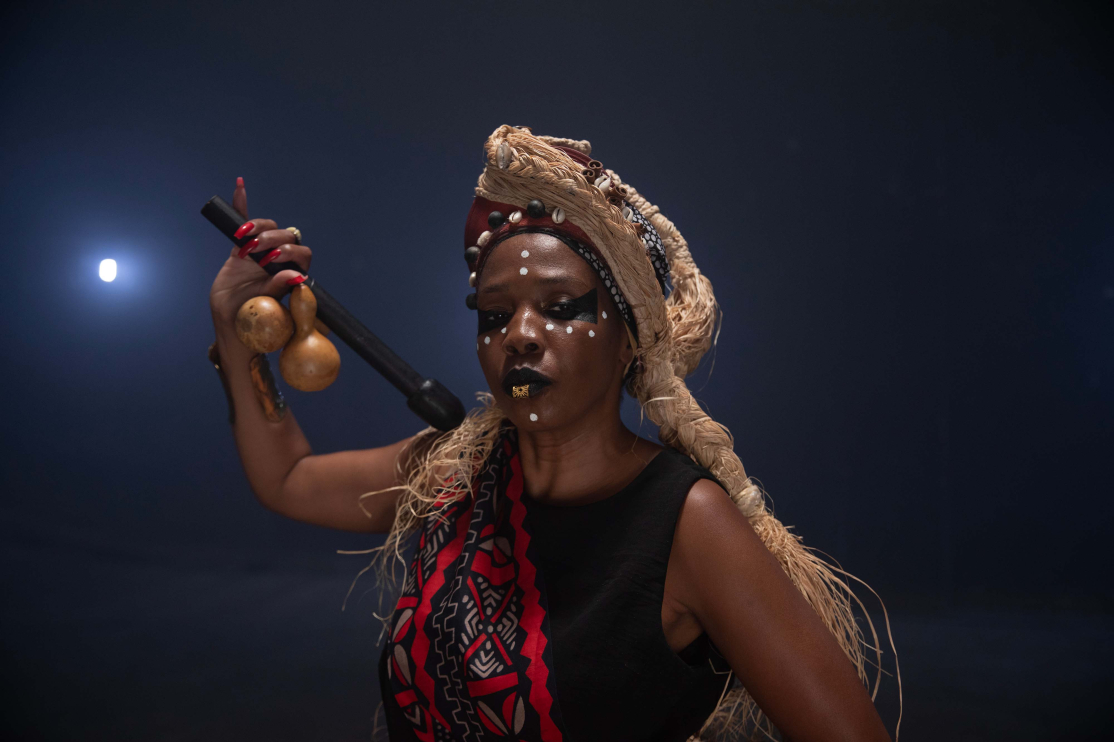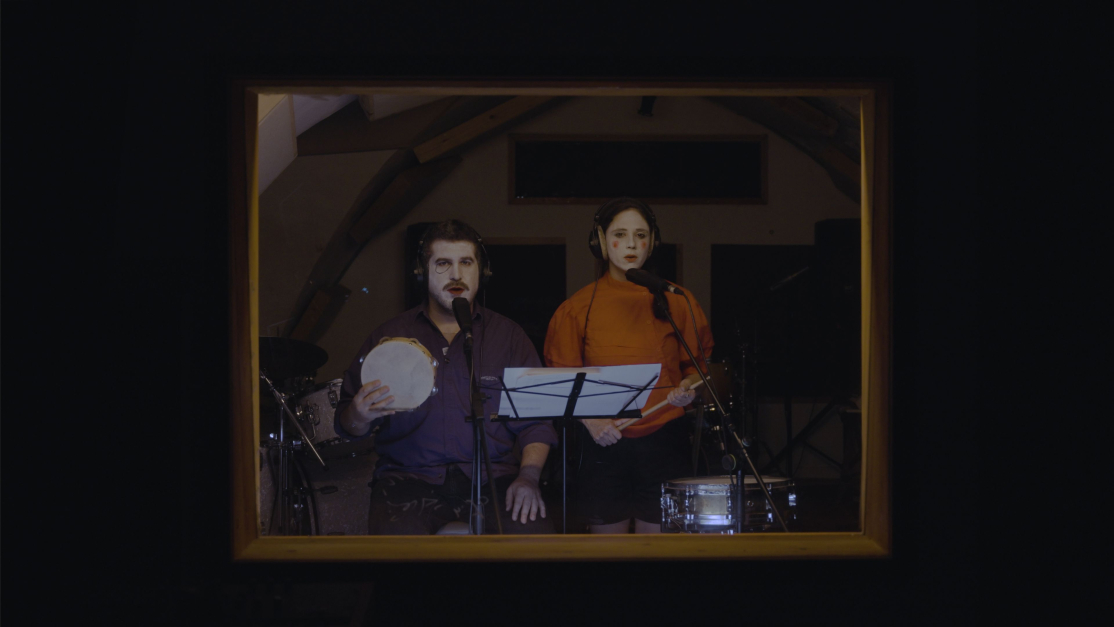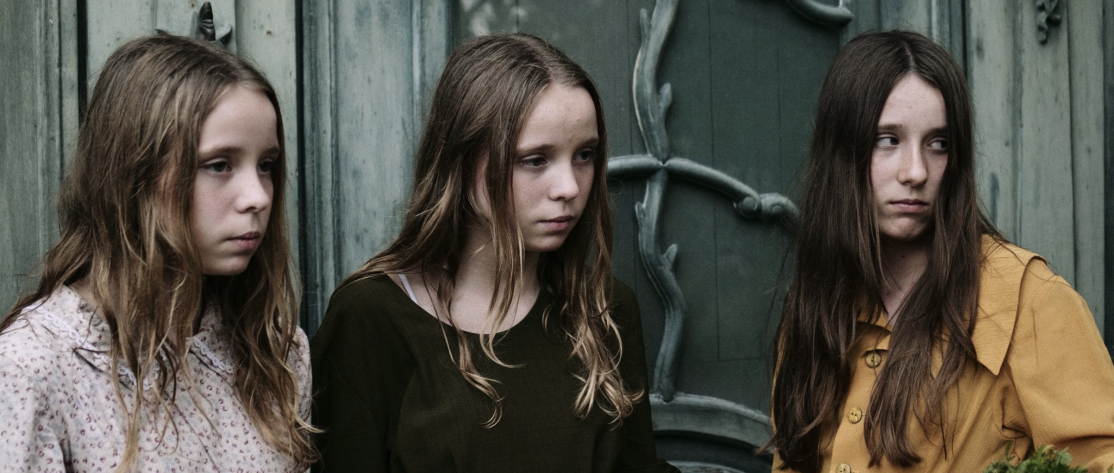Carriers of Otherness
Duration: 55 minutes
The works in Program 5 demonstrate how otherness—whether by choice or by necessity—is shaped and sustained through cultural signifiers: from the use of language and music, through the performative reenactment of biblical events, to the revival of others’ memories. These works trace personal and collective identity, whether formed by diasporic memory or the imagination, offering a broader perspective on survival and the possibility of reaffiliation.
Location
Artport, Tel AvivDate
Saturday, 12.7.25Time
15:00
Mir Zaynen Do! (We Are Here!)
Yael Bartana
In the hall that housed São Paulo’s experimental theater, the sounds of two richly storied cultures converge: the Coral Tradição Jewish-Brazilian choir and the Afro-Brazilian ensemble Ilú Obá De Min, rooted in Candomblé tradition. What they share is a history of exile. The derelict, empty hall in which they sing is transformed into an imagined space where tradition, memory, and hope blend into utopian harmony and the possibility of a promising future.
* Image: Yael Bartana, Mir Zaynen Do (We Are Here!), 2024, video still, courtesy of Annet Gelink Gallery, Amsterdam; Sommer Contemporary Art, Tel Aviv; Galleria Raffaella Cortese, Milan; Petzel Gallery, New York; Capitain Petzel, Berlin and Cecilia Hillström Gallery, Stockholm, Photo by Pablo Saborido

Drums and Dancing
Nir Shauloff and Ana Wild
Ana Wild and Nir Shauloff seek to dismantle hierarchical distinctions between narratives. Both literally and metaphorically, their work gives a stage to the biblical Song of the Sea, an episode that figures again and again in Jewish sources and in art history. The unfolding of the story is indicated by their recurring exchange: “So… shall we start? –We shall continue.” Through performative and musical gestures, along with references from art history, they revisit the “script” of the past with a sober gaze—questioning, reframing, and composing a new order of image, text, and sound.

The Geometry of Hope
Daniel Laufer
Daniel Laufer’s latest work is based on the mysterious murder of a German Jewish man, as described in the novella The Jews’ Beech (1842) by Annette von Droste-Hülshoff. In his adaptation, Laufer shifts the focus to the lack of access to the past and its imagery, while examining the power of myth in shaping the terminology through which memory is preserved. The forest becomes charged with cultural and historical meaning, emerging as a trauma-laden space where nature and memory come together. From within the German Jewish context, the work raises questions about the symbolic meanings assigned to minority groups, and how those groups are compelled to define their identities in relation to those meanings.